Soccer goalie drills to help a goalkeeper's timing and build courage on breakaway saves. The goalkeeper training begins with a through ball and the Before save. The before save is before the field player has a chance to gain control again. Varying through balls are introduced with pressure for the goalkeeper to make decisions such as when to come out; what technique to win the ball; or when to reduce the angle for a shot save. The second goal keeper training drill highlights the technique of stalking while the attacker has the ball under control dribbling towards goal. The Keeperstop.com goalkeeper training ends with a fun 2v2 game where goalkeepers have to problem solve, employ breakaway save techniques, and communicate to a defender to win possession.
Soccer Goalkeeper Drills For Breakaway Saves
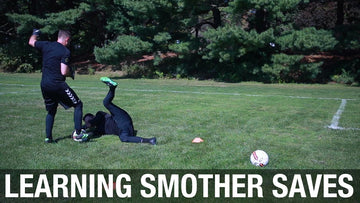

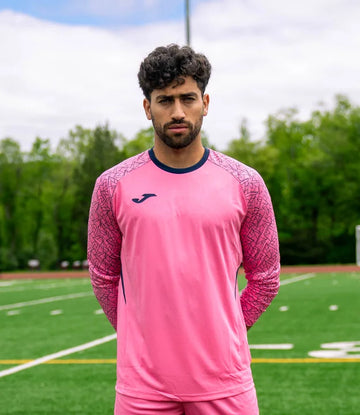
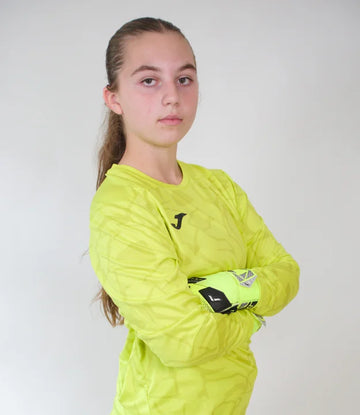
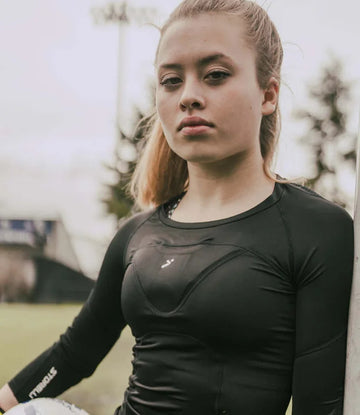
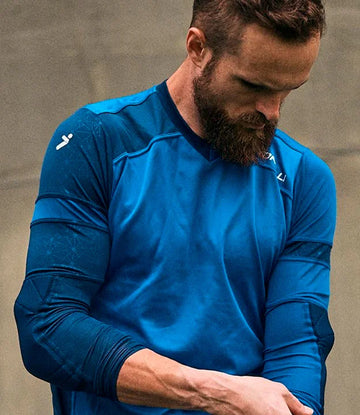
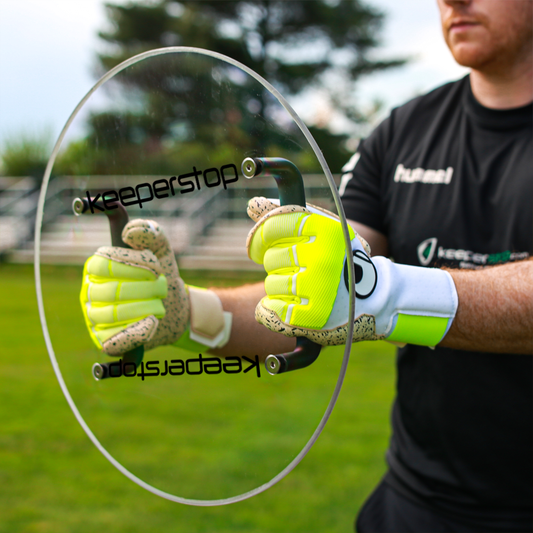
 Gloves
Gloves
 Jerseys
Jerseys
 Gear
Gear
 Brands
Brands